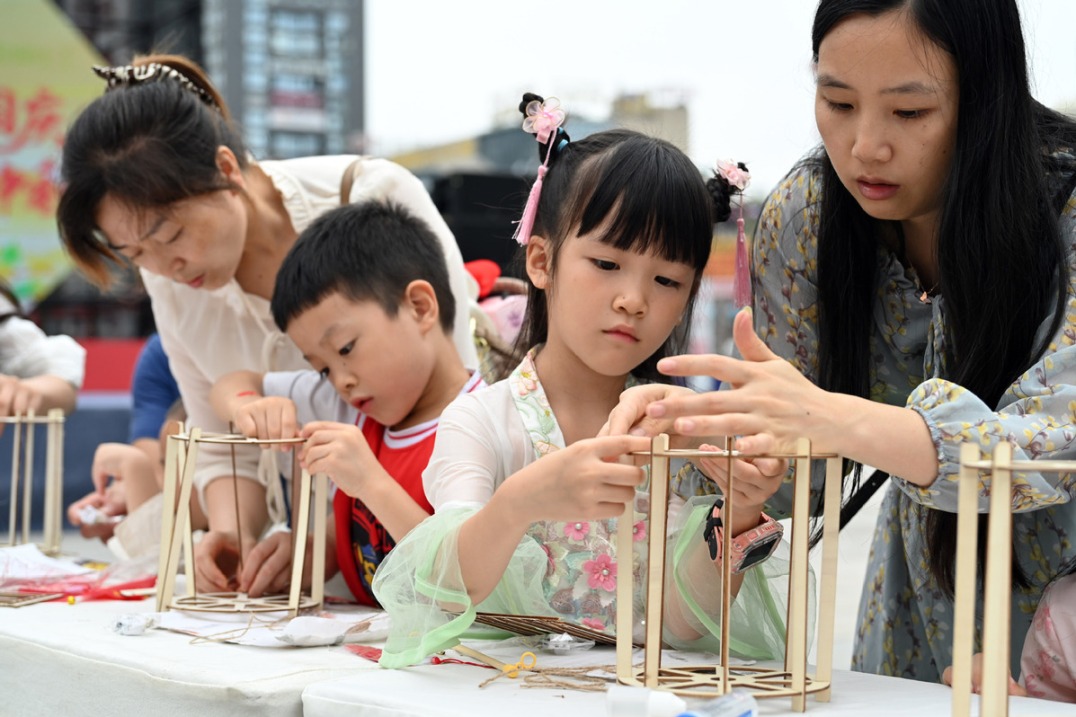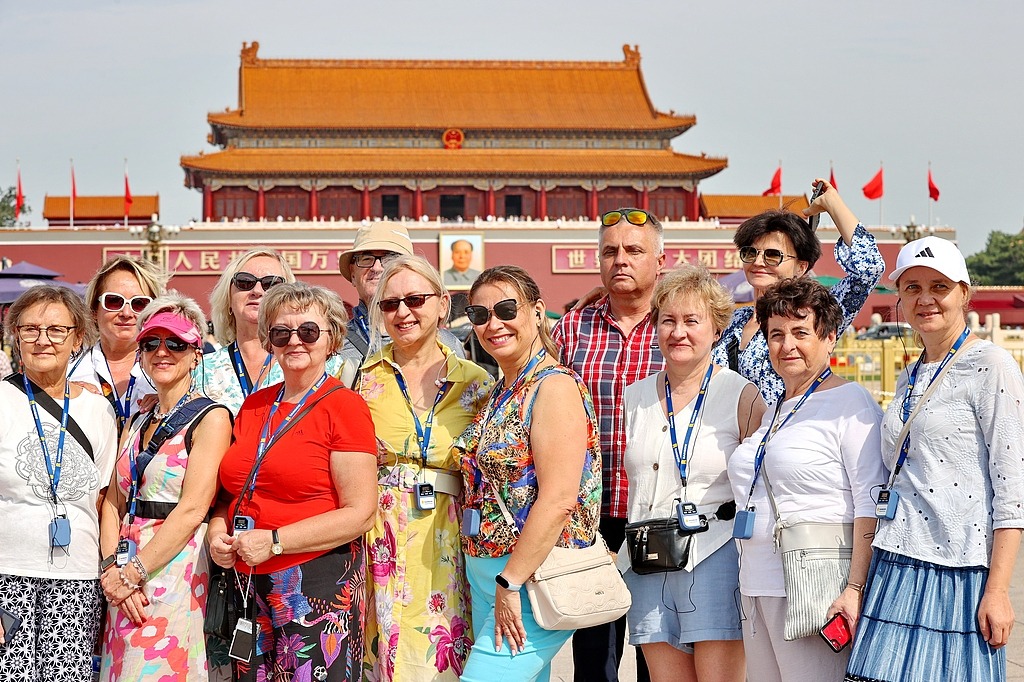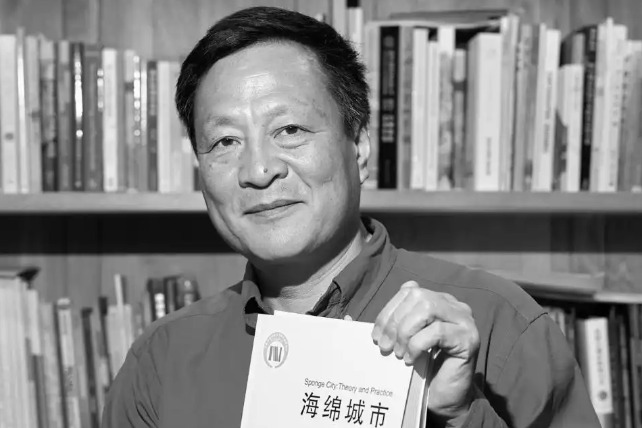Key study by Shandong researchers unveils single plant cell development

In a groundbreaking study, Chinese researchers have revealed how a single plant cell can develop into a whole plant, unlocking potential applications for agriculture and crop conservation.
The team published its study, titled "Time-resolved Reprogramming of Single Somatic Cells into Totipotent States During Plant Regeneration", in the academic journal Cell on Tuesday. The researchers, from the College of Life Sciences of Shandong Agricultural University in Tai'an, Shandong province, were led by professors Zhang Xiansheng and Su Yinghua.
Plants have long fascinated scientists with their remarkable ability to regenerate — a leaf, a stem or even a single cell can give rise to an entirely new plant. This phenomenon, known as plant cell totipotency, was first proposed in the early 20th century. It refers to the capacity of a plant cell to dedifferentiate and form totipotent stem cells similar to a fertilized egg, which can then develop into a complete plant. However, the molecular mechanisms behind this process have remained elusive for over a century.
"It's common to observe plant regeneration, such as in sweet potatoes, which can grow into new plants even from a cut piece," professor Zhang said. "But how does a single somatic cell change? What is the mechanism? These were the questions we had been trying to answer."
Zhang's team embarked on its journey in 2005 using thale cress, a widely studied model plant, and finally mapped the complete pathway of cell fate reprogramming using cutting-edge technologies such as single-cell sequencing and live imaging.
"We can flip a 'switch' to turn it into a totipotent cell similar to a fertilized egg, which can then grow into the next generation," professor Su said. "That switch is the high accumulation of auxin in the original cell. By providing a specific environment, the cell can be triggered to become a totipotent stem cell."
Over the past two decades, the team conducted hundreds of thousands of experiments.
"Establishing the initial system was extremely difficult; experiments failed repeatedly," said Tang Liping, an associate professor at the university.
A turning point came when she accidentally broke a glass vial, leading to the surprise discovery of embryo-like structures growing on a cotyledon.
The research not only answers a long-standing question in plant biology, but also opens new pathways for agricultural innovation. The technology is currently being tested on wheat, corn, soybeans and other crops.
"Precise regulation of cell totipotency could allow for rapid cloning of high-quality crop varieties, shortening breeding cycles and offering new strategies for conserving rare and valuable germplasm resources," Zhang said.
Chong Kang, an academician at the Chinese Academy of Sciences, praised the discovery.
"These research findings provide a theoretical blueprint for optimizing crop regeneration systems, marking a milestone contribution from China in the field of plant development and biotechnology to the world," Chong said.
zhaoruixue@chinadaily.com.cn
- Key study by Shandong researchers unveils single plant cell development
- Full moon lights up Mid-Autumn Festival across China
- Mid-Autumn Festival celebrated across China
- Celebrating Mid-Autumn Festival across China with joy, tradition
- 137 hikers in NW China relocated due to heavy snowfall
- China to employ 7,000 retired teachers to work in rural areas





































